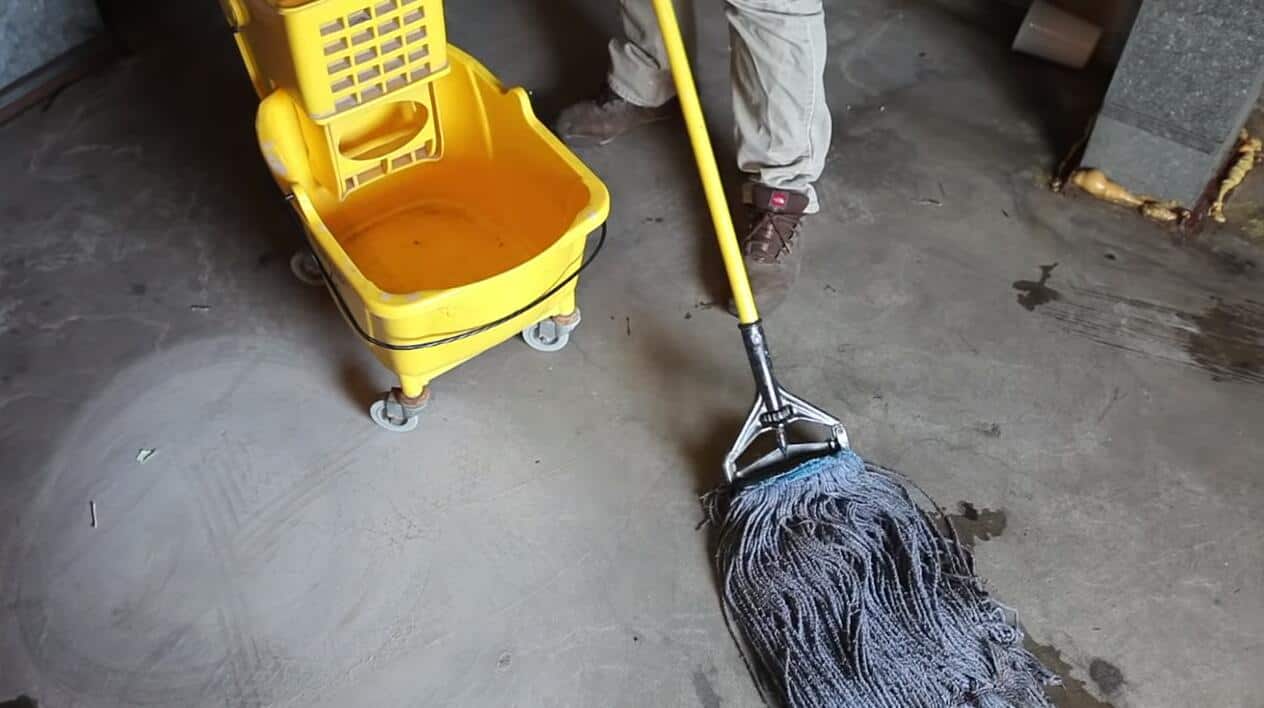

Articles
How To Clean Basement Concrete Floor
Modified: February 24, 2024
Learn effective ways to clean your basement's concrete floor with these helpful articles. Find expert tips and techniques to remove stains and keep your floor looking its best.
(Many of the links in this article redirect to a specific reviewed product. Your purchase of these products through affiliate links helps to generate commission for Storables.com, at no extra cost. Learn more)
Introduction
Welcome to the ultimate guide on how to clean your basement concrete floor! Your basement is an important part of your home, serving as valuable storage space or even a livable area. However, over time, the concrete floor can accumulate dirt, dust, and stains, making it look dirty and neglected.
Cleaning a basement concrete floor may seem like a daunting task, but with the right materials and techniques, you can restore its pristine condition. Not only will a clean floor improve the overall aesthetics of your basement, but it will also create a healthier environment by eliminating allergens and preventing the growth of mold and mildew.
In this guide, we will walk you through the step-by-step process of cleaning your basement concrete floor. We will cover everything from the materials and tools you’ll need to the proper techniques for removing stains and grease. So let’s roll up our sleeves and get started on transforming your basement floor!
Key Takeaways:
- Transform your basement concrete floor with the right tools and techniques. From surface preparation to sealing, follow the step-by-step guide for a fresh and revitalized space.
- Regular maintenance and proper sealing will keep your basement concrete floor looking its best. Create a clean and inviting environment while protecting against stains and wear.
Read more: How To Clean Concrete Basement Floors
Materials and Tools Needed
Before you begin the cleaning process, it’s important to gather all the materials and tools you’ll need. Having everything prepared will help make the process smoother and more efficient. Here is a list of the essential items you should have:
1. Broom and dustpan: For sweeping away loose debris and dirt from the floor.
2. Vacuum cleaner: Optional but helpful for removing finer dust particles from the floor.
3. Mop and bucket: For applying cleaning solutions and rinsing the floor.
4. Stiff-bristled brush: Ideally, a brush with nylon bristles for scrubbing tough stains and grease.
5. Concrete cleaner: Look for a cleaner specifically formulated for removing dirt, grime, and stains from concrete surfaces. You can find these cleaners at hardware stores or online.
6. Rubber gloves: To protect your hands from the cleaning solution and any chemicals used.
7. Safety goggles: Optional, but recommended for eye protection while working with cleaning agents.
8. Hot water: For diluting the cleaning solution and rinsing the floor.
9. Stain remover: Depending on the specific stains on your concrete floor, you may need a stain remover designed for concrete surfaces.
10. Concrete sealer: Optional, but recommended for preventing future stains and protecting the floor’s surface.
Make sure to gather all of these materials and tools before you start cleaning your basement concrete floor. This way, you’ll be fully equipped to handle any challenges that may come your way during the cleaning process.
Preparing the Basement Concrete Floor for Cleaning
Before you dive into the actual cleaning process, it’s important to properly prepare the basement concrete floor. This involves clearing the area, removing any loose items or furniture, and taking necessary precautions to protect the surrounding surfaces. Here are the steps to follow:
1. Clear the area: Start by removing any furniture, storage items, or other objects from the floor. This will give you a clear space to work with and prevent any accidental damage to your belongings.
2. Sweep or vacuum: Use a broom or vacuum cleaner to remove loose debris, dust, and dirt from the floor. Pay close attention to corners and hard-to-reach areas.
3. Protect adjacent surfaces: If there are walls or baseboards near the floor, consider using masking tape or plastic sheeting to cover and protect them from any potential splashes or cleaning agents.
4. Ventilate the space: Since you’ll be working with cleaning solutions, ensure proper ventilation by opening windows or doors. This will help dissipate any fumes and create a healthier working environment.
By following these steps, you’ll create a clean and safe workspace for effectively cleaning your basement concrete floor. Now that you’re prepared, it’s time to move on to the next steps of the cleaning process.
Removing Surface Debris and Dust
Now that your basement concrete floor is prepared, it’s time to start removing surface debris and dust. This step will ensure that the cleaning process is more effective and prevent any loose dirt or particles from interfering with the cleaning solution. Here’s how to do it:
- Use a broom or dustpan: Start by sweeping the entire floor with a broom to remove any loose debris, dirt, or dust. Push the broom in a sweeping motion, gathering the debris into a pile. Then, use a dustpan to collect and dispose of the debris properly.
- Consider using a vacuum cleaner: If you have a vacuum cleaner with a hard floor setting or an attachment designed for hard surfaces, you can use it to vacuum the floor. This will help remove finer dust particles that may be missed by sweeping alone. Run the vacuum cleaner over the entire floor, paying attention to corners and edges.
- Pay attention to cracks and crevices: Use a small brush or broom to sweep out any dust or debris from cracks and crevices in the concrete floor. This will ensure a thorough cleaning and prevent any buildup or discoloration in these areas.
It’s important to be thorough in this step to remove as much loose debris and dust as possible. This will provide a clean canvas for the next stages of the cleaning process. By removing surface debris and dust, you’re already on your way to a fresher-looking basement concrete floor!
Applying a Concrete Cleaner
Once you have successfully removed the surface debris and dust from your basement concrete floor, it’s time to apply a concrete cleaner. The cleaner will break down dirt, grime, and stains, making them easier to remove during the cleaning process. Follow these steps to properly apply the concrete cleaner:
- Read the instructions: Start by reading the instructions on the concrete cleaner packaging. Different cleaners may have specific dilution ratios or application techniques, so it’s important to follow the manufacturer’s recommendations carefully.
- Dilute the cleaner if necessary: Depending on the cleaner you’re using, you might need to dilute it with water. Follow the instructions provided to achieve the correct concentration.
- Apply the cleaner: Pour the diluted cleaner onto the basement concrete floor, starting from one corner and working your way towards the exit. Use a mop or a brush to spread the cleaner evenly across the floor surface. Make sure to cover the entire area, paying extra attention to any stained or heavily soiled spots.
- Let it sit: Allow the cleaner to sit on the floor according to the recommended time on the packaging. This will give the cleaner enough time to penetrate and break down the dirt and stains on the surface.
- Scrub if necessary: For particularly stubborn stains or heavily soiled areas, you may need to use a stiff-bristled brush to scrub the floor gently. Work in small sections, applying a bit of pressure to agitate the cleaner and lift the dirt and stains.
Remember, it’s essential to follow the instructions of the concrete cleaner you’re using to ensure safe and effective application. By applying a concrete cleaner, you’ll be one step closer to achieving a sparkling clean basement concrete floor.
Use a mixture of warm water and mild detergent to scrub the concrete floor. For tough stains, use a mixture of water and vinegar or a commercial concrete cleaner. Rinse thoroughly and allow to dry completely.
Read more: How Thick Is Basement Concrete Floor
Scrubbing and Cleaning the Concrete Floor
Now that you’ve applied the concrete cleaner and allowed it to sit for the recommended time, it’s time to start scrubbing and cleaning the basement concrete floor. This step will help agitate and loosen stubborn dirt, grime, and stains, making them easier to remove. Follow these steps to effectively scrub and clean the floor:
- Prepare the cleaning solution: Fill a bucket with hot water and add a small amount of the concrete cleaner. Mix it well to create a cleaning solution.
- Get your mop or brush ready: Dip a mop or stiff-bristled brush into the cleaning solution. Make sure it is thoroughly saturated but not dripping.
- Start scrubbing: Begin scrubbing the floor in small sections, starting from one corner and working your way towards the exit. Use back-and-forth or circular motions, applying some pressure to lift the dirt and stains. Pay extra attention to any heavily soiled or stained areas.
- Rinse the mop or brush regularly: As you scrub, rinse the mop or brush frequently in the cleaning solution to prevent transferring dirt back onto the floor.
- Continue the process: Repeat the scrubbing process, moving across the entire basement concrete floor until you’ve covered the entire area.
- Change the cleaning solution if necessary: If the solution becomes too dirty or loses its effectiveness, replace it with a fresh batch to ensure optimal cleaning performance.
Remember to take breaks if needed and pace yourself to avoid overexertion. Scrubbing and cleaning a large basement concrete floor can be physically demanding, so it’s important to take care of yourself throughout the process.
By following these steps, you’ll effectively remove dirt, grime, and stains, leaving your basement concrete floor looking fresh and revitalized.
Rinse and Dry the Floor
After you’ve thoroughly scrubbed and cleaned the basement concrete floor, it’s important to rinse away any remaining cleaning solution and ensure that the floor is completely dry. This step will help eliminate any residue and prevent streaks or water spots from forming. Follow these steps to properly rinse and dry your basement concrete floor:
- Prepare clean water: Fill a bucket with clean hot water. This water will be used for rinsing the floor.
- Rinse the floor: Dip a mop or sponge into the clean water and wring it out well. Start from one corner of the floor and work your way towards the exit, mopping the floor to remove any residual cleaning solution. Rinse the mop or sponge frequently in the clean water to ensure effective rinsing.
- Change the water if necessary: If the water becomes dirty or soapy, replace it with fresh clean water. This will help prevent any residue from being left behind on the floor.
- Dry the floor: Once you’ve finished rinsing the floor, it’s important to dry it thoroughly to prevent any water spots or potential slip hazards. You can use a clean mop or towels to absorb excess water. Alternatively, you can allow the floor to air dry naturally, ensuring proper ventilation in the basement to aid in the drying process.
- Check for any missed spots: Take a quick walk around the floor to check for any missed areas or lingering stains. If you spot any, you can spot-clean them using a diluted concrete cleaner and a brush or sponge.
Properly rinsing and drying the floor is crucial to achieving a clean and spotless basement concrete floor. By following these steps, you’ll ensure that your floor is free from cleaning solution residue and ready for the next stage of the cleaning process, if necessary.
Removing Stubborn Stains and Grease
If you encounter stubborn stains or grease on your basement concrete floor that were not completely removed during the initial cleaning process, there are specific techniques you can use to target and eliminate them. Follow these steps to effectively remove stubborn stains and grease:
- Identify the type of stain: Different stains may require different methods for removal. Common stains include oil, grease, rust, paint, or food. By identifying the type of stain, you can choose the most appropriate stain removal method.
- Create a stain removal mixture: Depending on the type of stain, you can create a specialized stain removal mixture. For example, for oil or grease stains, you can mix equal parts of baking soda and water to form a paste. For rust stains, you can use a mixture of lemon juice and salt. For paint or food stains, you may need a commercial stain remover specifically designed for concrete surfaces.
- Apply the stain removal mixture: Using a sponge, apply the stain removal mixture directly to the stain. Gently scrub the area using circular motions, allowing the mixture to penetrate the stain. Leave it on for the recommended time according to the specific stain removal method you’re using.
- Rinse the area: After the recommended time, rinse the stained area with clean water. Use a mop or sponge to remove any residue from the stain removal mixture.
- Repeat if necessary: Depending on the severity of the stain, you may need to repeat the stain removal process multiple times until the stain is completely gone. Patience and persistence are key.
- Dry the floor: Once the stubborn stain has been treated and removed, ensure that the floor is thoroughly dried. Use a clean cloth, mop, or allow the floor to air dry.
By following these steps and using the appropriate stain removal techniques, you can successfully tackle stubborn stains and grease on your basement concrete floor. Remember to test any stain removal method on a small, inconspicuous area first to ensure it doesn’t cause any damage or discoloration to the floor.
Sealing the Concrete Floor
Once you have cleaned and removed any stains or grease from your basement concrete floor, it’s a good idea to apply a sealer. Sealing the floor helps protect it from future stains, damage, and moisture penetration, while also enhancing its appearance. Follow these steps to effectively seal your basement concrete floor:
- Choose the right sealer: There are various types of concrete sealers available, including acrylic sealers, epoxy sealers, and penetrating sealers. Consider factors such as the level of gloss desired, the type of protection needed, and the specific characteristics of your floor.
- Prepare the surface: Before applying the sealer, make sure the concrete floor is clean, dry, and free from any dust or debris. If necessary, you can sweep or vacuum the area to ensure a clean surface.
- Apply the sealer: Follow the manufacturer’s instructions for the specific sealer you are using. Typically, you will begin by pouring the sealer into a paint tray or roller pan. Use a paint roller or brush to apply a thin, even layer of sealer onto the concrete floor, working in small sections at a time. Make sure to cover the entire floor surface, including corners and edges.
- Allow the sealer to dry: After applying the sealer, allow it to dry according to the manufacturer’s instructions. This typically takes a few hours, but be sure to consult the sealer’s packaging for specific drying times.
- Apply additional coats if desired: Depending on the level of protection and the desired finish, you may choose to apply additional coats of sealer. This will help create a thicker protective layer on the floor. Remember to allow sufficient drying time between each coat.
- Keep the floor protected: After the sealer has fully dried, it’s important to take precautions to keep the floor protected. Avoid dragging heavy furniture or objects across the floor, and clean up spills promptly to prevent any potential damage or staining.
By sealing your basement concrete floor, you are adding an extra layer of protection while enhancing its appearance and making it easier to maintain in the future. The sealer will help guard against stains, water penetration, and wear and tear, keeping your basement floor looking its best for years to come.
Read more: How To Seal Concrete Basement Floor
Conclusion
Cleaning your basement concrete floor doesn’t have to be a daunting task. With the right materials, tools, and techniques, you can effectively restore its cleanliness and appearance. By following the step-by-step process outlined in this guide, you can achieve a fresh and revitalized basement concrete floor.
Remember to start by preparing the floor, removing any surface debris and dust. Then, apply a concrete cleaner and thoroughly scrub the floor to remove dirt, grime, and stains. Rinse the floor to remove any cleaning solution residue, and ensure it is completely dry before proceeding. If you encounter stubborn stains or grease, use specific stain removal techniques to target and eliminate them. Finally, consider sealing the concrete floor to protect it and enhance its durability and aesthetics.
Regular maintenance is essential to keep your basement concrete floor in good condition. Sweeping or vacuuming regularly and promptly cleaning up spills will help prevent the accumulation of dirt and stains. Additionally, reapply the sealer as needed to maintain the floor’s protective barrier.
By following these tips, you can transform the look of your basement concrete floor, creating a clean and inviting space. Not only will a clean floor enhance the overall aesthetic appeal of your basement, but it will also contribute to a healthier and more enjoyable environment. So, roll up your sleeves, gather your materials, and get ready to make your basement concrete floor shine!
Frequently Asked Questions about How To Clean Basement Concrete Floor
Was this page helpful?
At Storables.com, we guarantee accurate and reliable information. Our content, validated by Expert Board Contributors, is crafted following stringent Editorial Policies. We're committed to providing you with well-researched, expert-backed insights for all your informational needs.
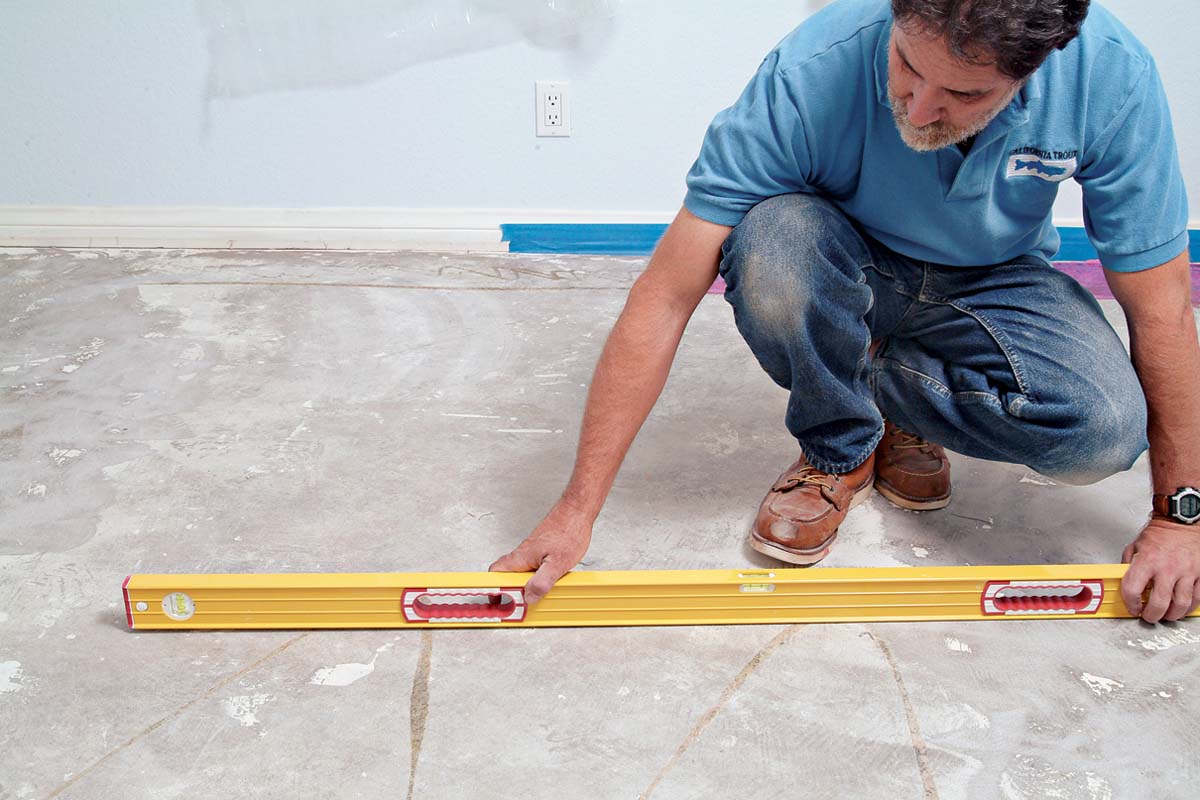
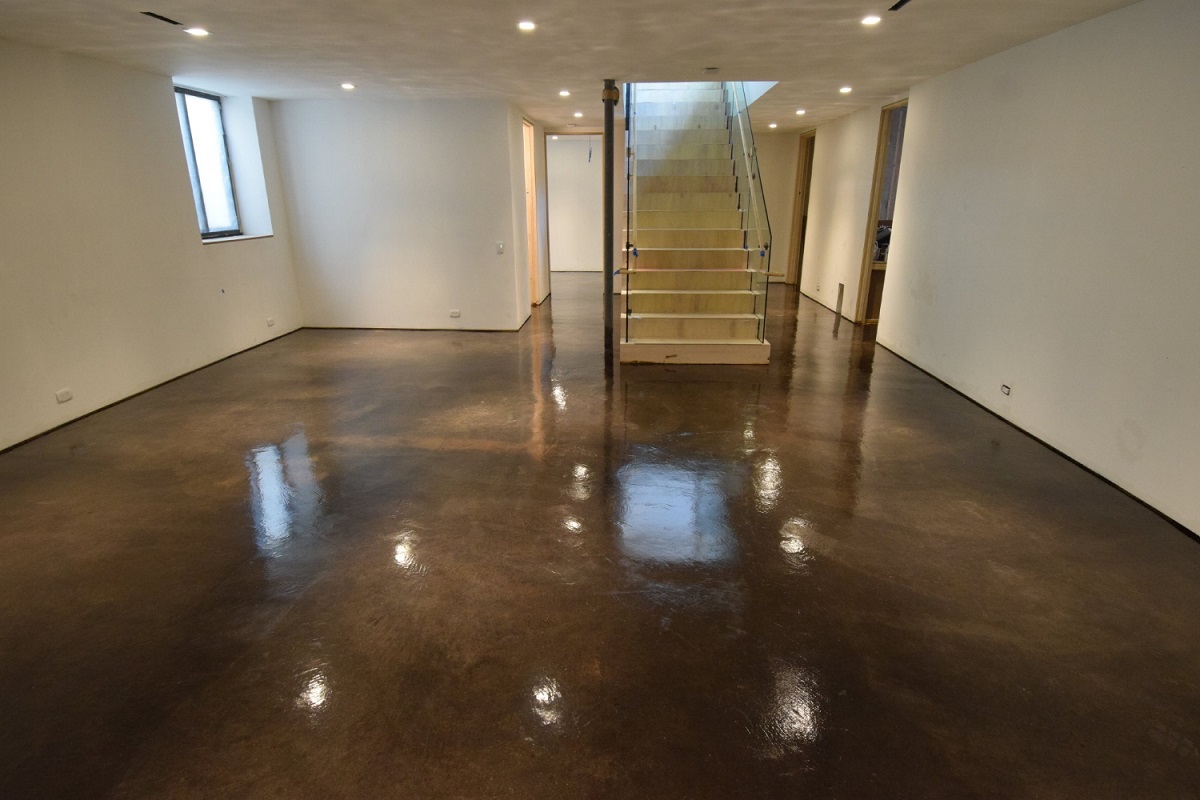

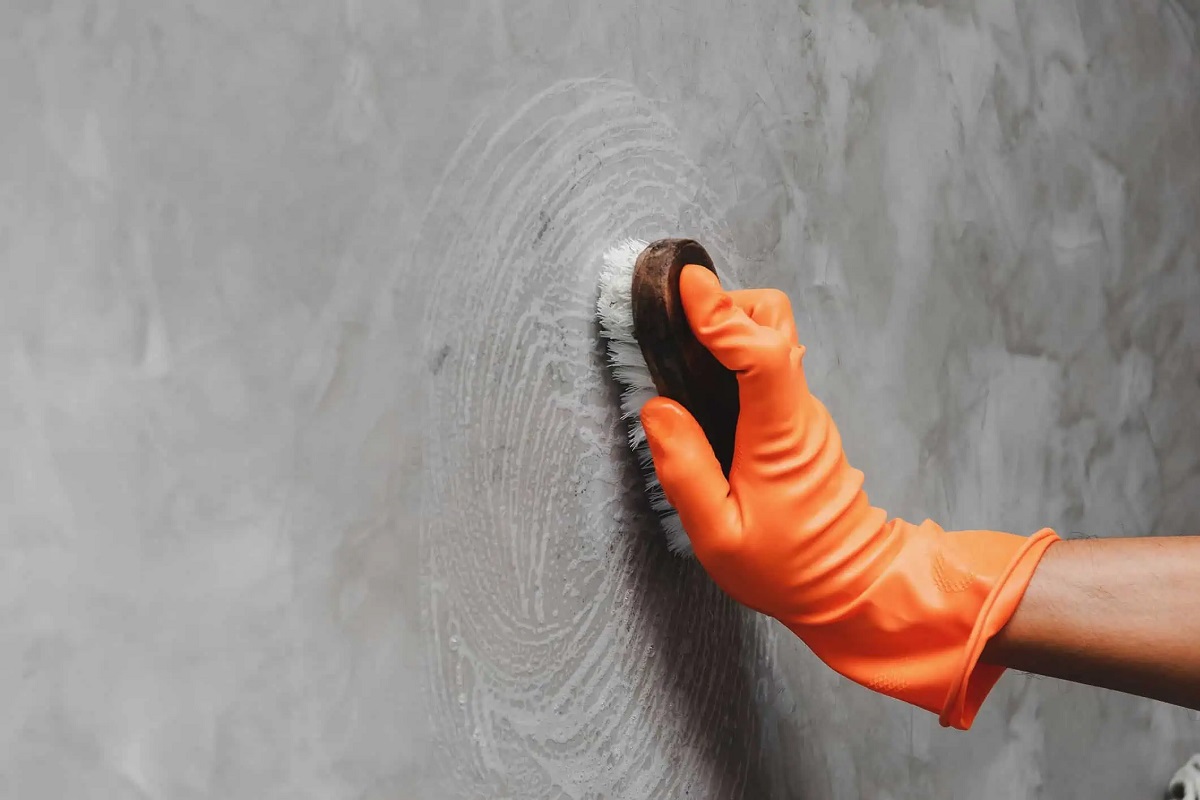
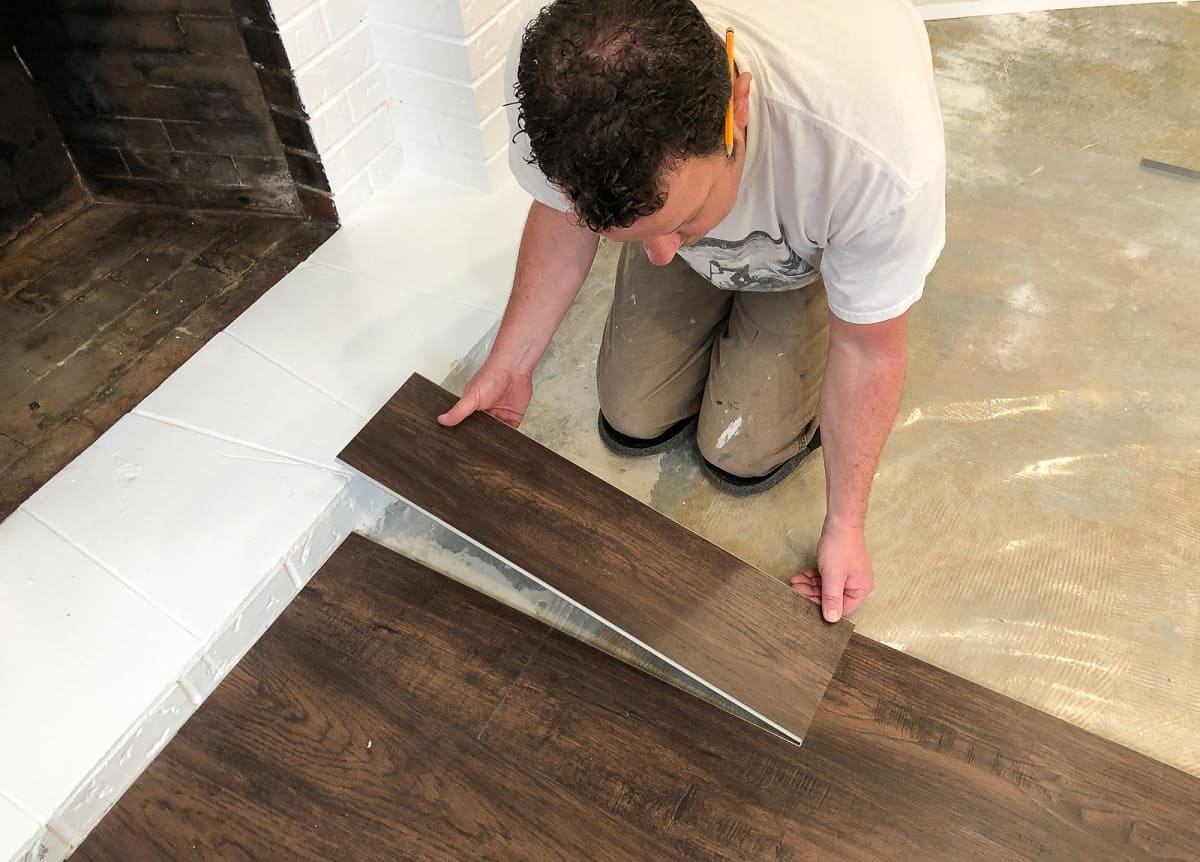
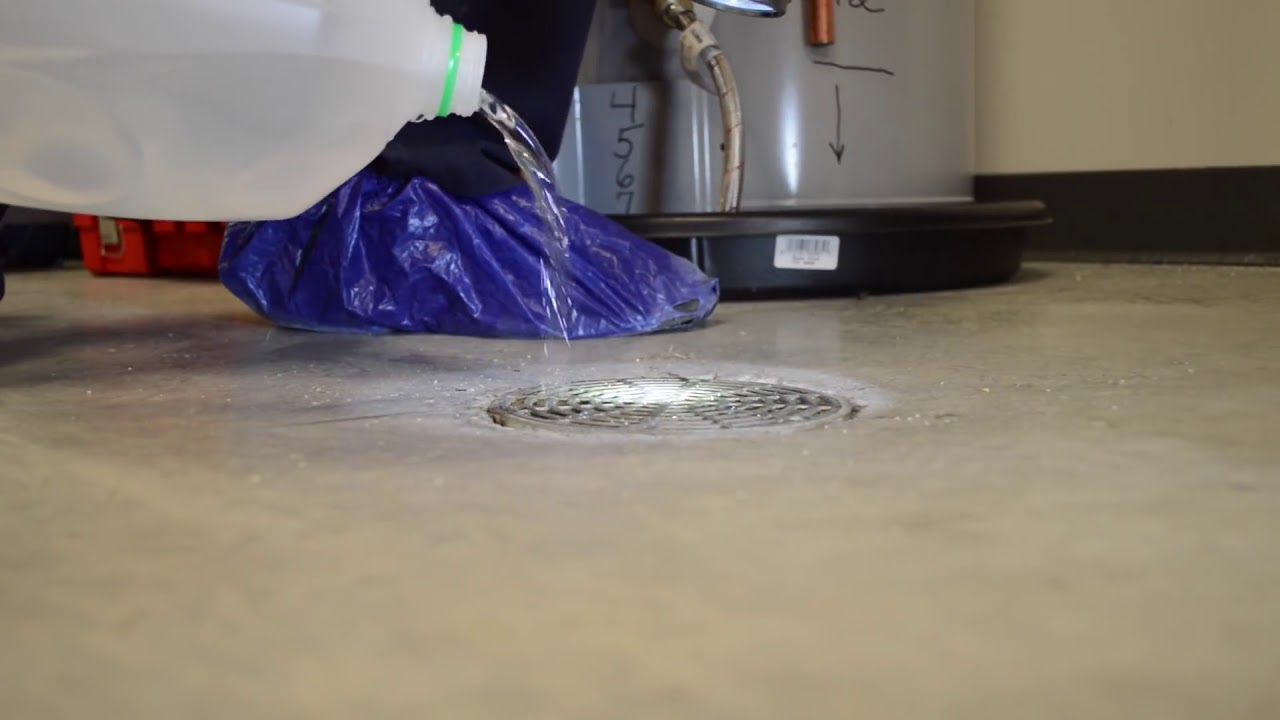
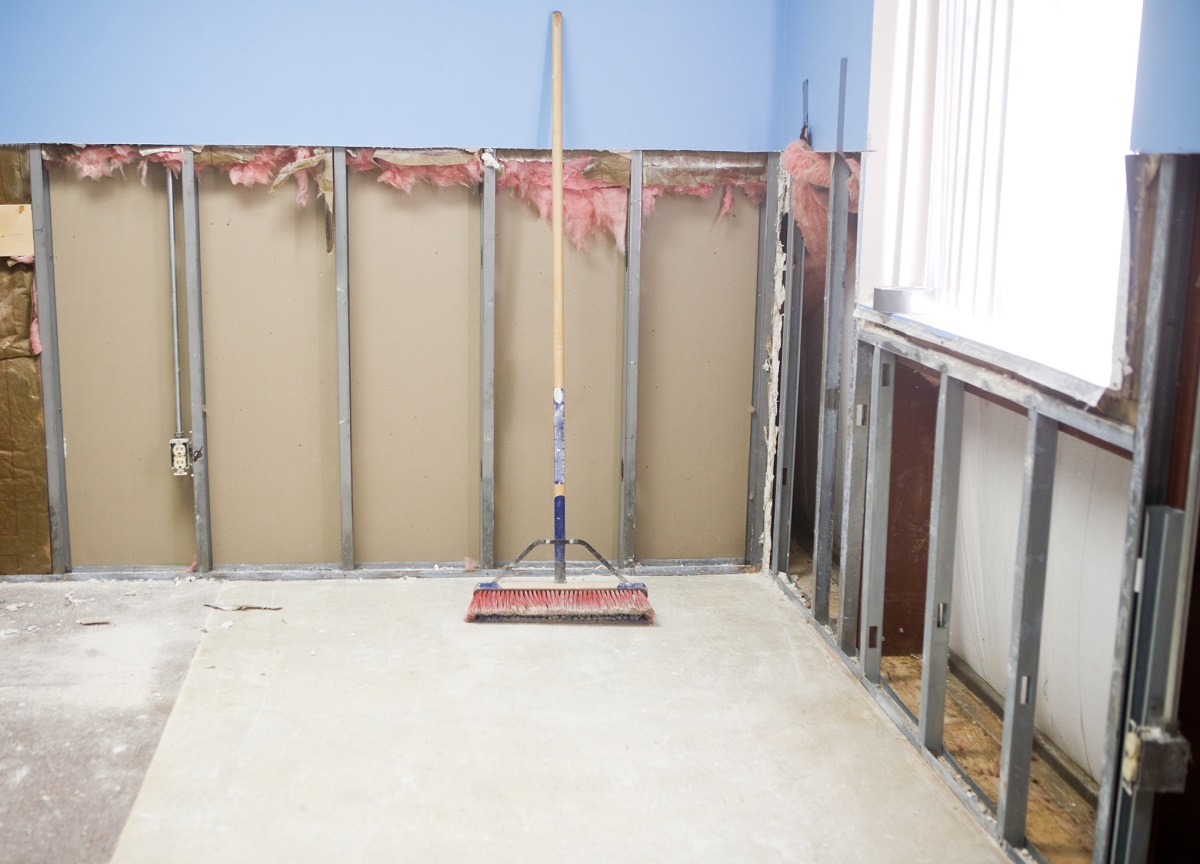
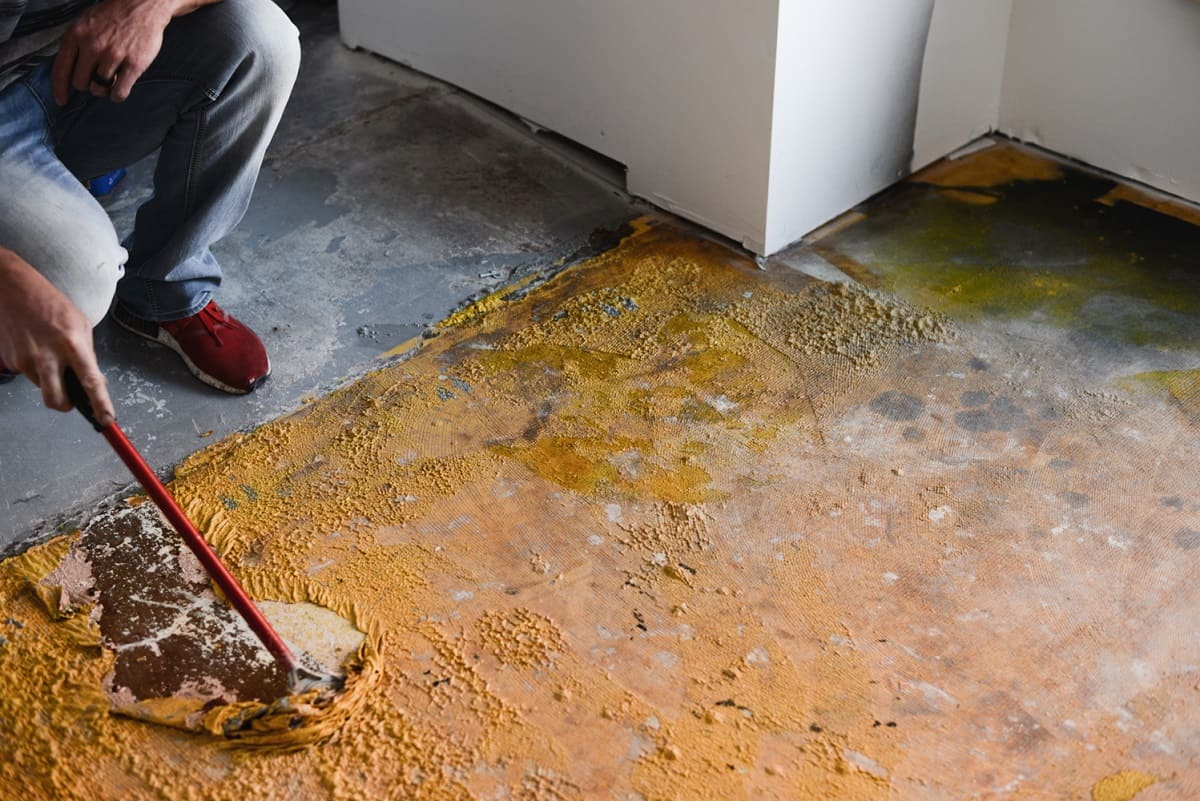
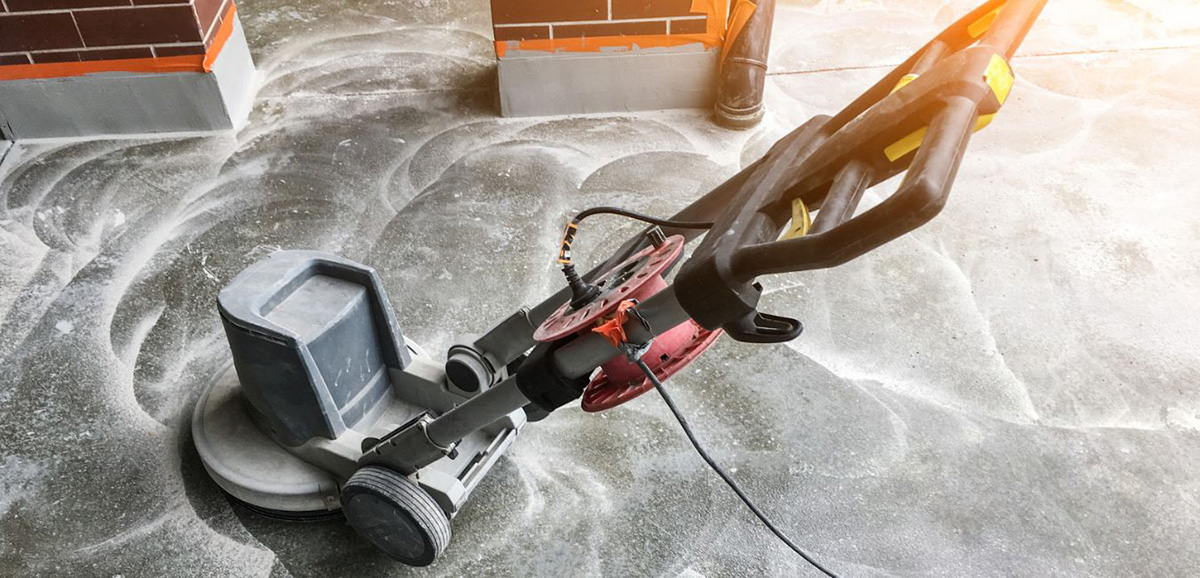
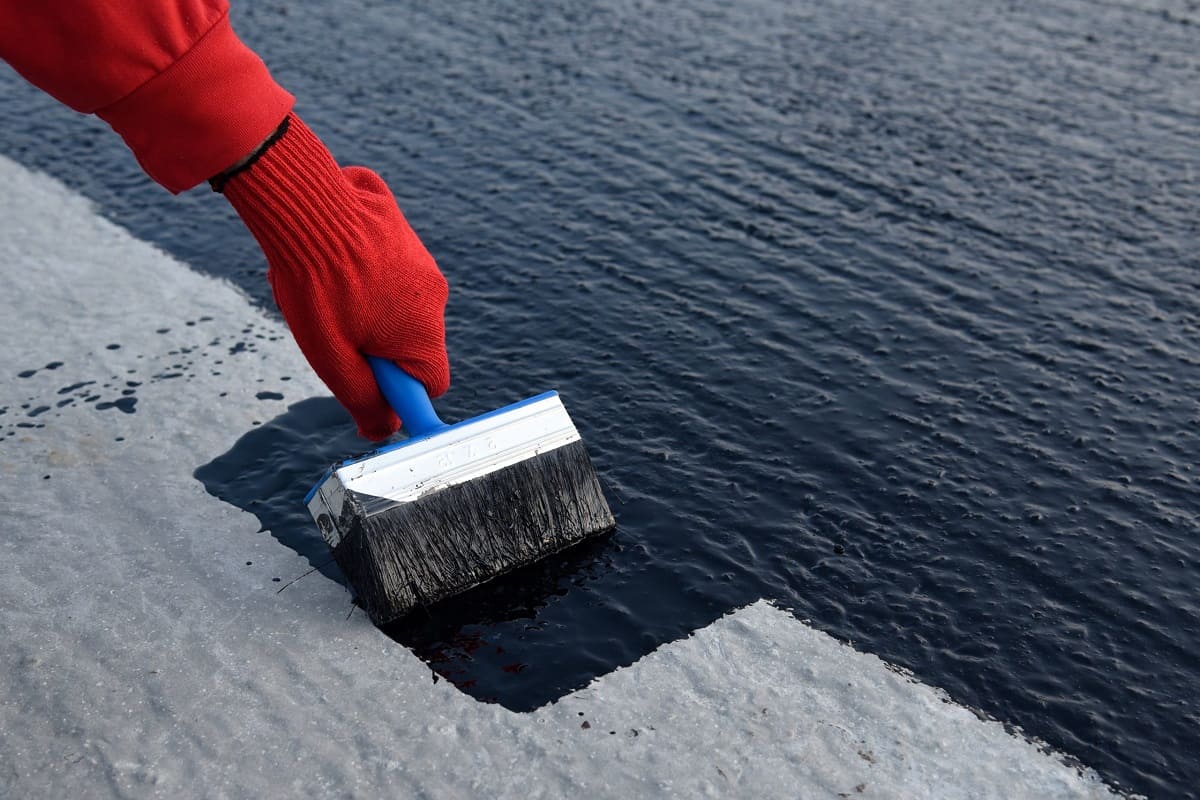
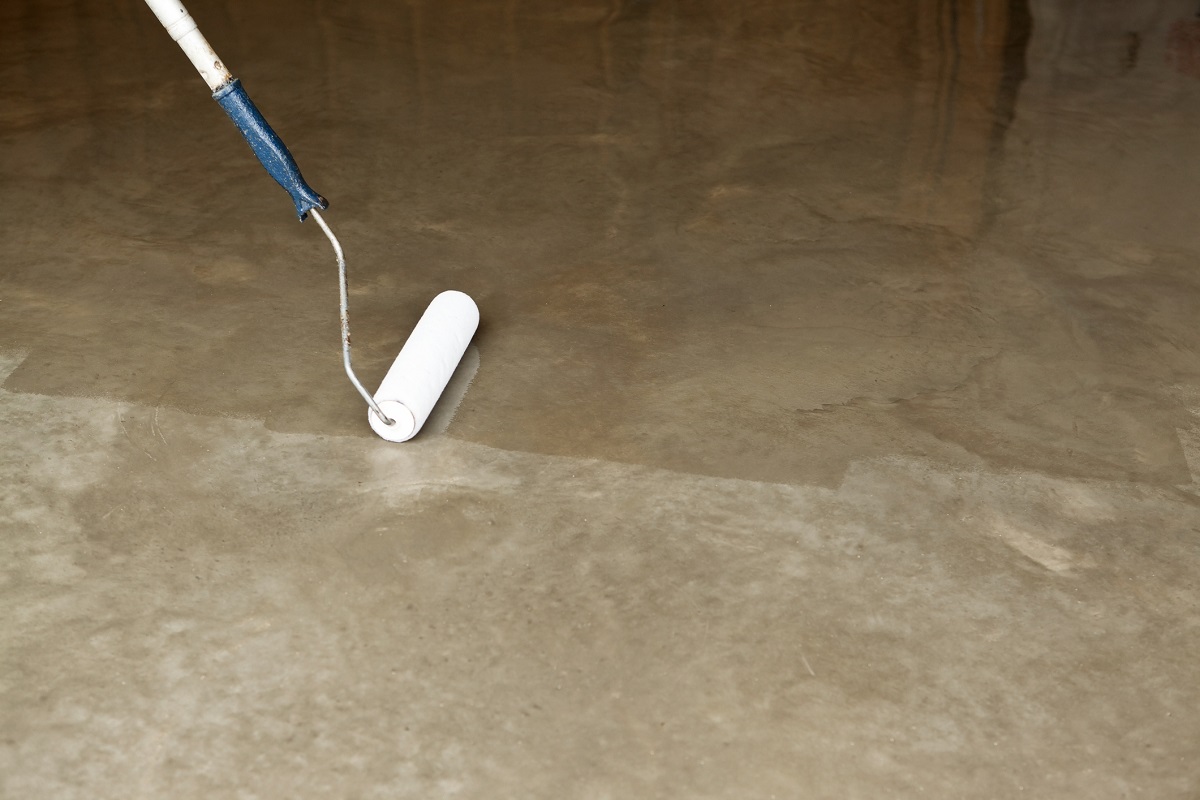
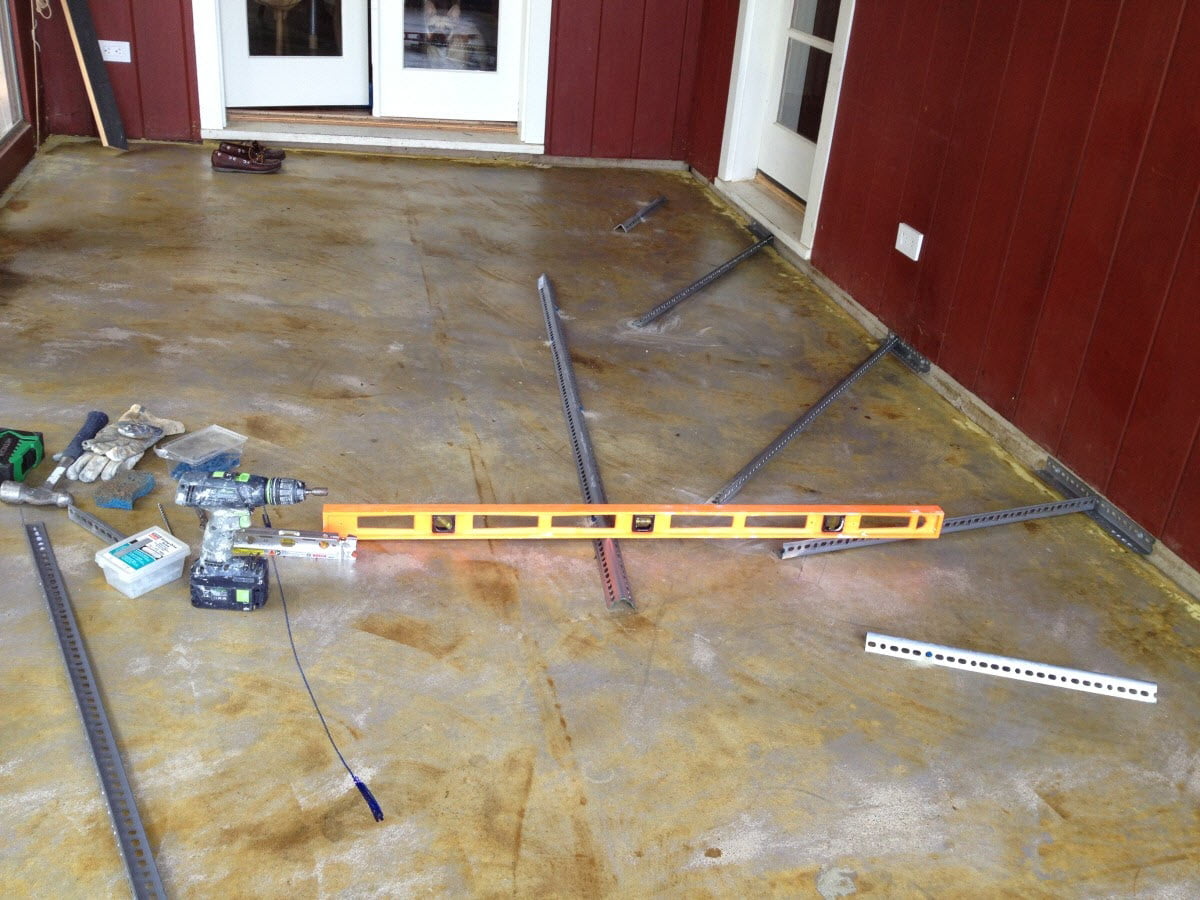
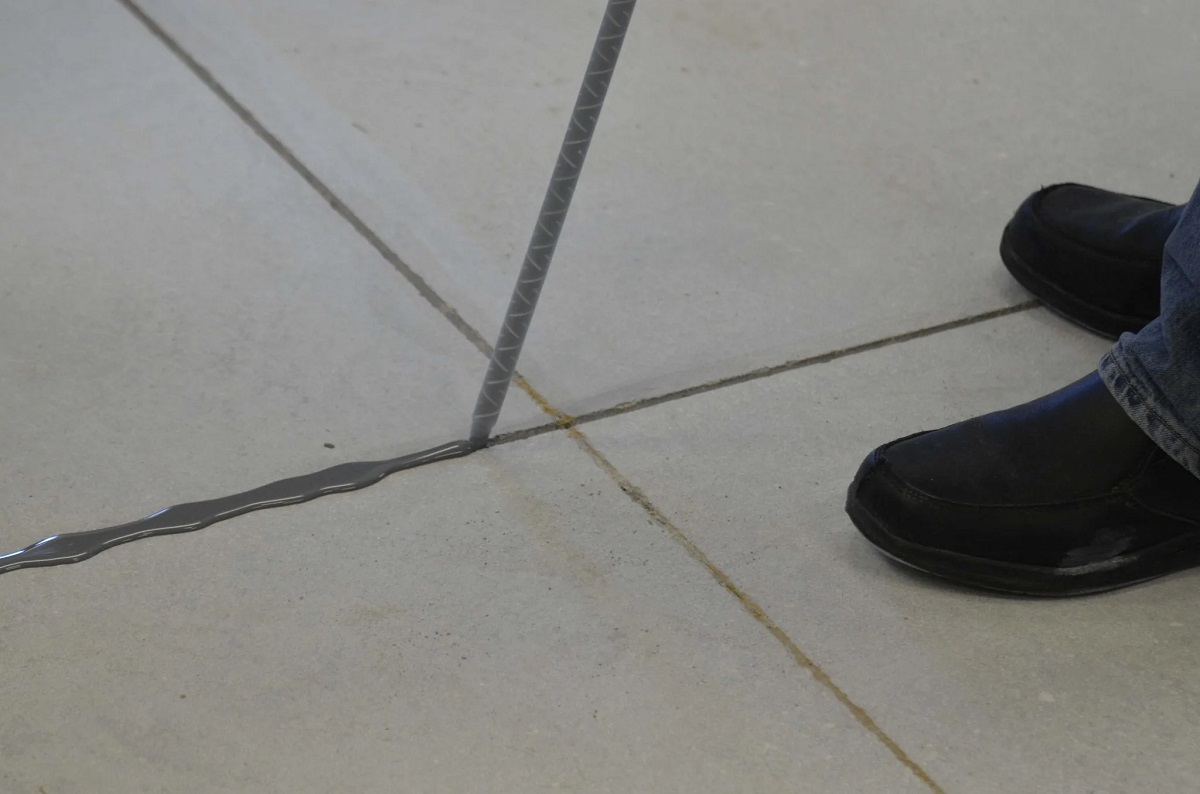

0 thoughts on “How To Clean Basement Concrete Floor”